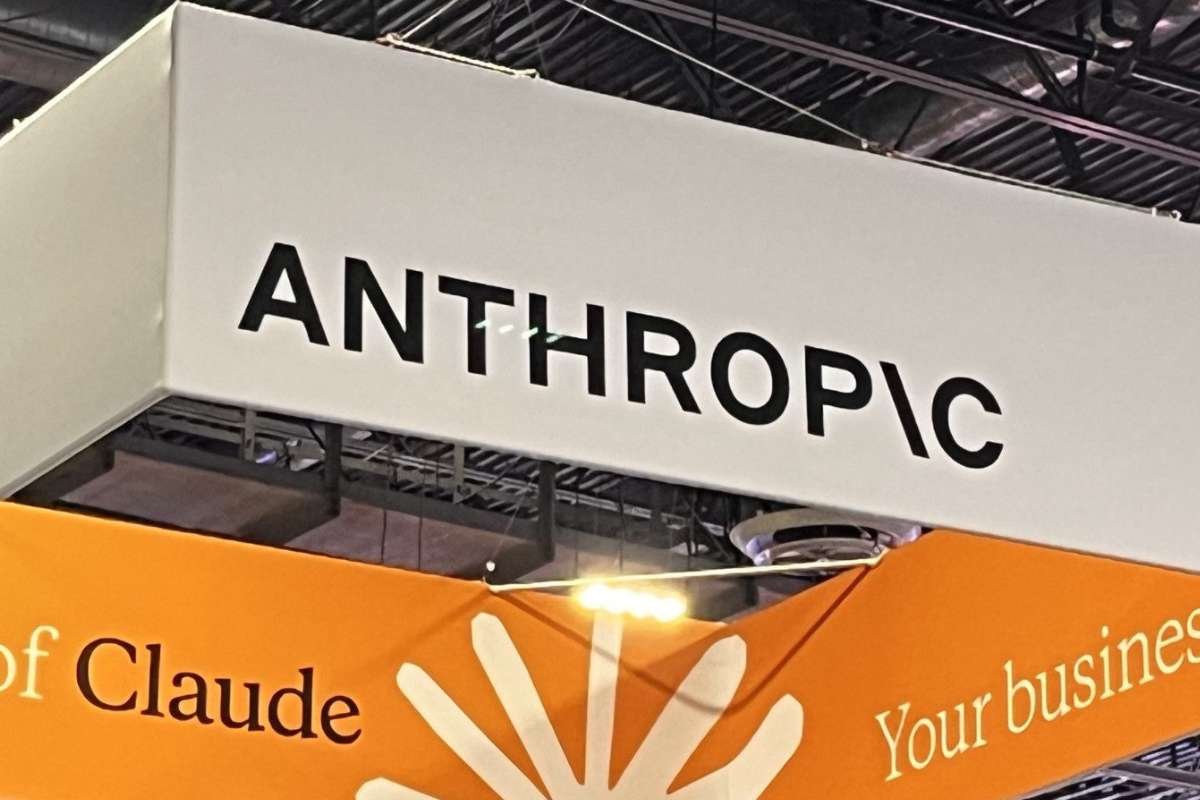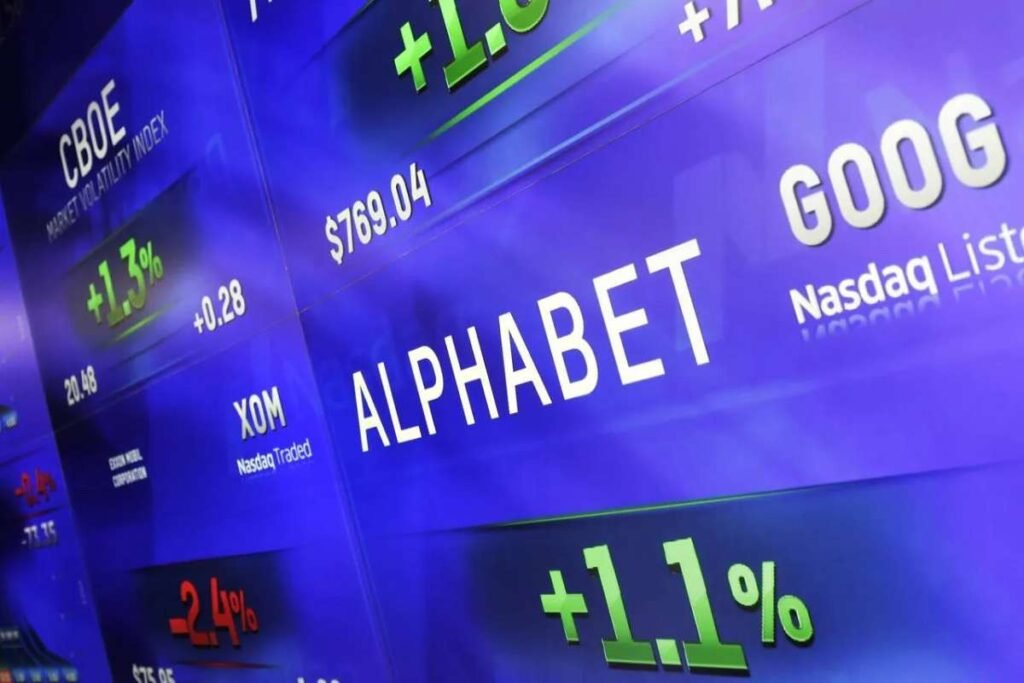Key Points:
- Valuation surge: Anthropic’s value jumped with new funding, driven by Investments from Microsoft and Nvidia, showing strong investor confidence.
- Strategic investments: Microsoft and Nvidia back Anthropic in the big‑tech AI race.
- Industry impact: Boosts Anthropic against OpenAI and DeepMind, while cementing Nvidia’s AI hardware role.
Anthropic’s valuation has risen to an estimated $350 billion after Investments from Microsoft and Nvidia were announced as new strategic deals with the artificial intelligence company. The development marks one of the largest valuation jumps in the AI sector this year and signals increasing competition among major technology firms to secure long-term positions in the AI infrastructure and model-development market.
Microsoft plans to invest up to $5 billion in Anthropic, while Nvidia will invest up to $10 billion. These commitments more than double Anthropic’s valuation compared with its $183 billion figure reported in September. The final terms of the upcoming funding round are still being finalized, according to individuals familiar with the agreement.
Major Compute Commitments
As part of the partnership, Anthropic has agreed to purchase $30 billion worth of Azure compute capacity and has secured access to up to 1 gigawatt of additional capacity through Microsoft. The company also committed to purchasing up to 1 gigawatt of compute capacity using Nvidia’s Grace Blackwell and Vera Rubin systems.
These large-scale compute commitments highlight the growing demand for advanced infrastructure required to train and deploy next-generation AI models.The Investments from Microsoft and Nvidia support Anthropic’s collaboration on engineering and system design to enhance both model performance and compute efficiency. According to the companies, this marks their first deep technical partnership.
Nvidia CEO Jensen Huang described the arrangement as a significant step that enables both sides to accelerate development of Anthropic’s Claude models. The engineering collaboration will include optimization of Nvidia’s architectures for Anthropic’s workloads and improvement of performance across high-demand AI operations.
Competitive Landscape in AI Investments
The Investments from Microsoft and Nvidia in Anthropic come as the company continues to diversify its AI partnerships. The tech giant remains a major investor in OpenAI, holding a stake valued at about $135 billion. However, the new partnership signals an effort to expand beyond reliance on any single AI provider as demand grows across industries.
Anthropic, founded in 2021 by former OpenAI researchers including CEO Dario Amodei, has developed the Claude family of AI models and rapidly scaled its operations. The company maintains a long-standing partnership with Amazon Web Services, which remains its primary cloud provider and main training partner. Anthropic says AWS will continue serving in those roles even as new agreements with Microsoft and Nvidia expand its infrastructure options.
Implications for AI Growth and Business Strategy
For businesses and entrepreneurs, the investment deals underline the increasing emphasis on securing reliable, large-scale AI infrastructure. The Investments from Microsoft and Nvidia reflect rising demand for computing power, specialized chips, and optimized model performance to support enterprise adoption of AI tools.
With multiple major technology firms now supporting its development pipeline, Anthropic is positioned to accelerate model training, expand global availability, and improve efficiency across its AI systems. The collaboration also indicates continued consolidation among AI infrastructure providers, where access to compute capacity has become a central factor in the competitive landscape.
The Investments from Microsoft and Nvidia further highlight the broader trend of companies forming multi-vendor partnerships to balance innovation, reliability, and long-term scalability. As the business applications for AI continue to expand, the sector is likely to see more large-scale deals focused on advanced compute, model optimization, and cloud ecosystem integration.










